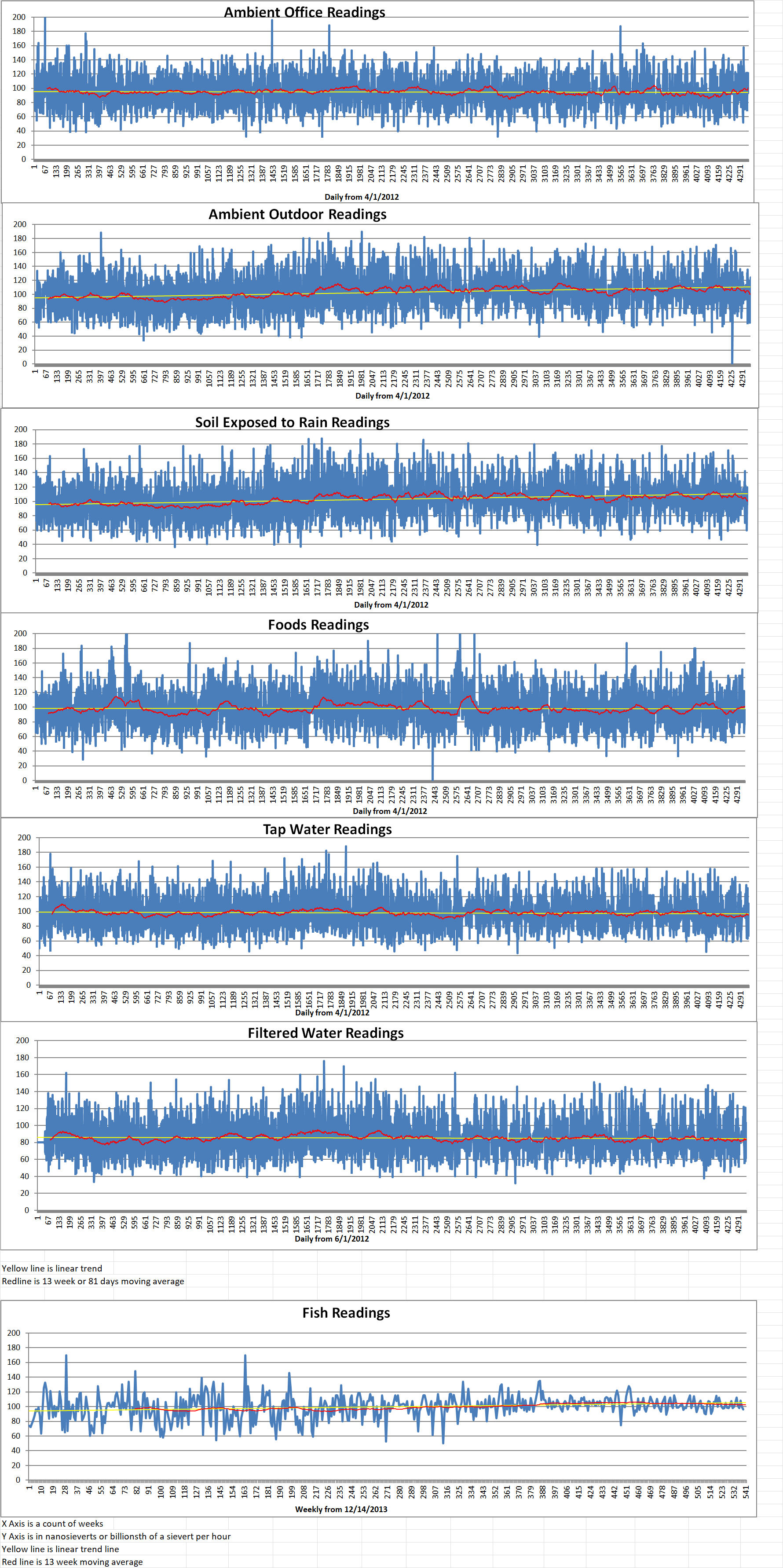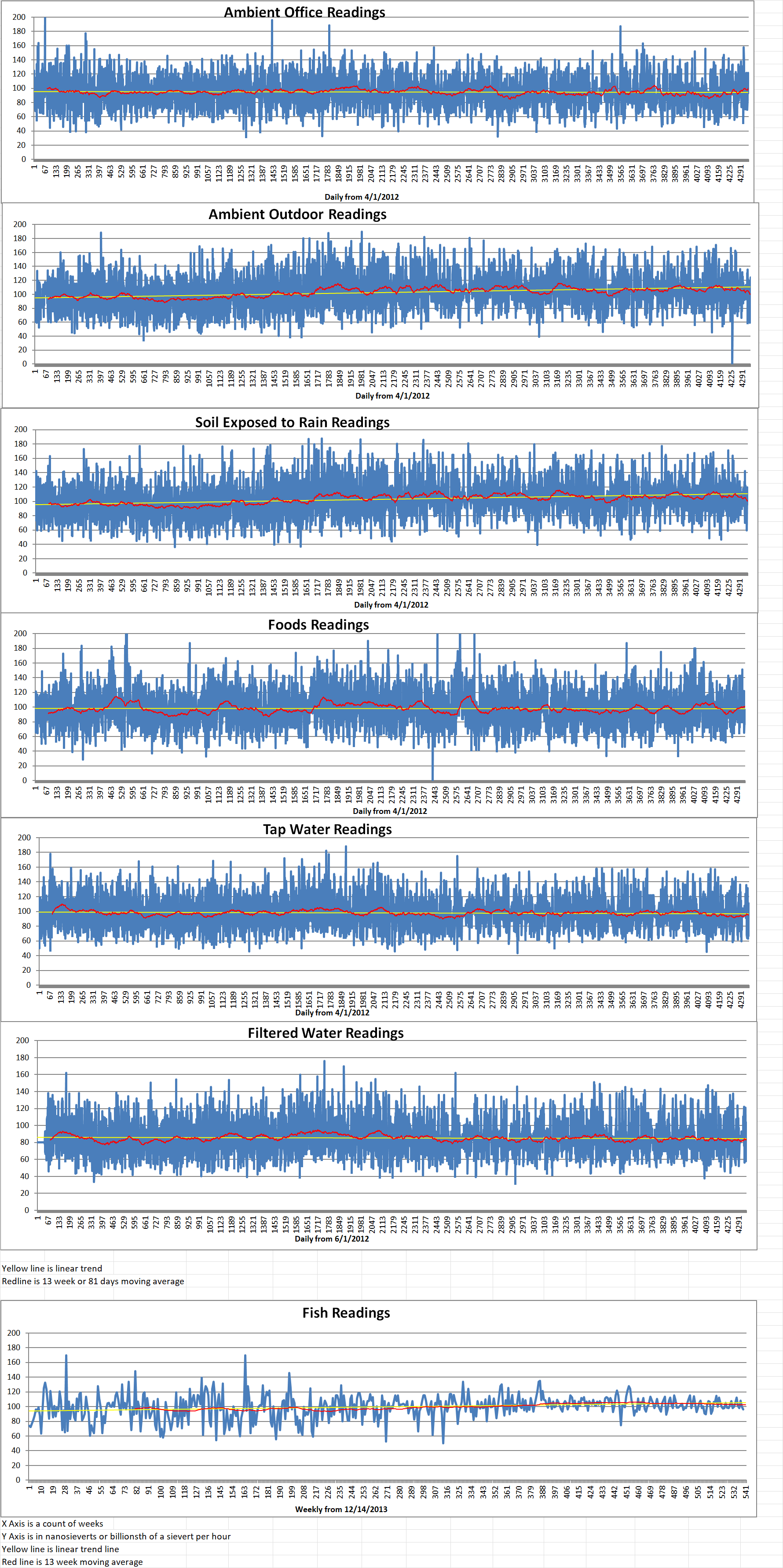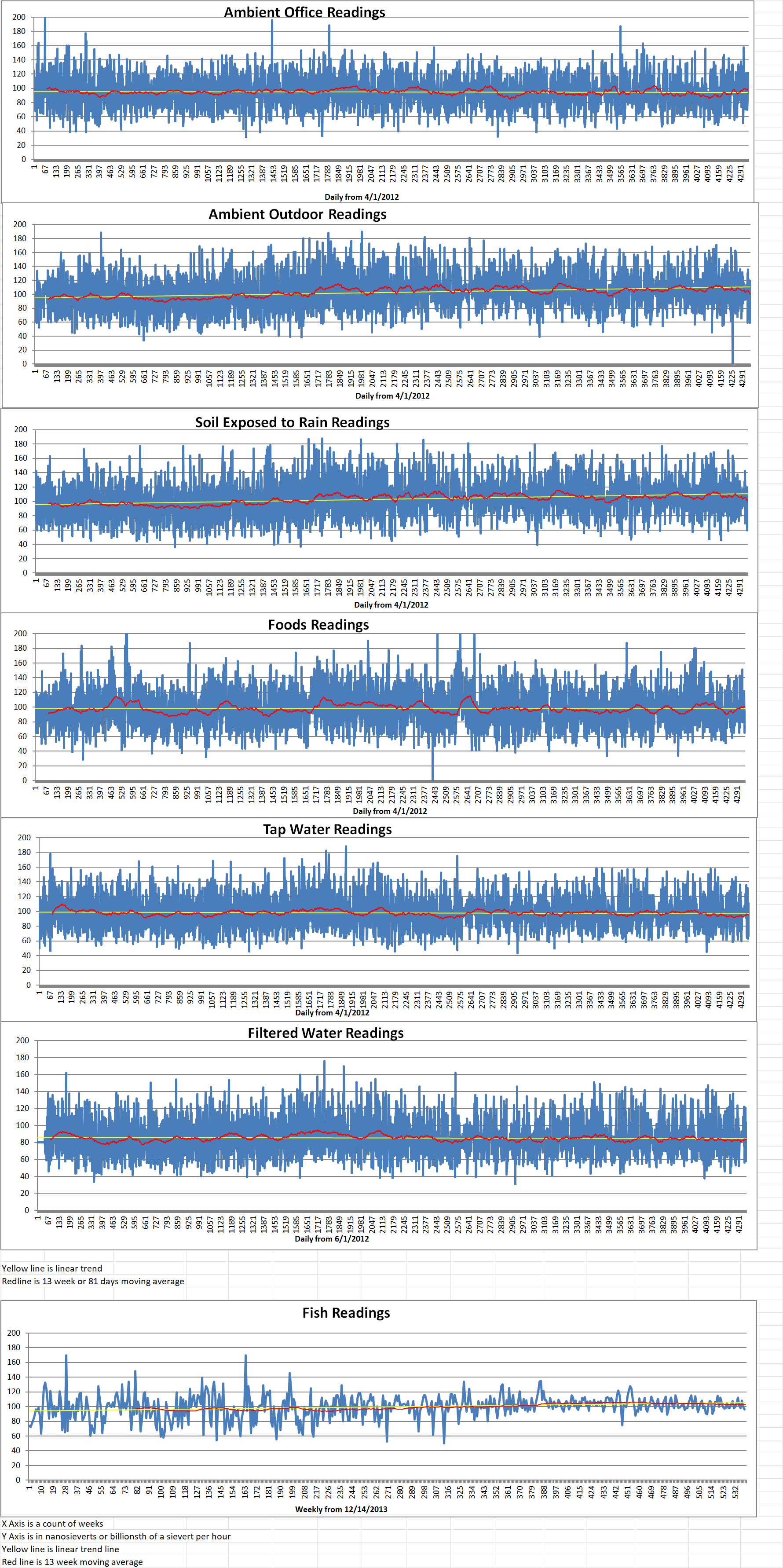The European Commission (EC) has selected nine small modular reactor (SMR) projects in the initial round of applications to form Project Working Groups under the European Industrial Alliance on SMRs.
The European Commission (EC) launched an Industrial Alliance dedicated to SMRs in February this year. They are aiming to facilitate the development of SMRs in Europe by the early 2030s. The Alliance utilizes working groups to improve the conditions for the development and deployment of SMRs, including rebuilding the supply chain for nuclear power. Their activities are intended to support specific SMR projects and accelerate their deployment on the European market.
The EC said the initial membership of the Alliance call elicited responses from more than three hundred stakeholders. They encompass SMR technology designers, utilities, energy-intensive users, supply chain companies, research institutes, financial institutions, and civil society organizations. The alliance members and its governing board were confirmed at the inaugural General Assembly in Brussels on 29-30 May.
In pursuit of tangible project outcomes, in June the Alliance put out a call for SMR projects wishing to be considered for the Alliance’s Project Working Groups (PWGs). Subsequently, the governing board, with the assistance of the Alliance secretariat, carried out a review and assessment of the 22 applications received.
The governing board held a second meeting on October 7th of this year. Following that meeting the first batch of SMR projects that would constitute the PWGs under the Alliance were selected. This batch included EU-SMR-LFR project (Ansaldo Nucleare, SCK-CEN, ENEA, RATEN); CityHeat project (Calogena, Steady Energy); Project Quantum (Last Energy); European LFR AS Project (Newcleo); Nuward (EDF); European BWRX-300 SMR (OSGE); Rolls-Royce SMR (Rolls-Royce SMR Ltd); NuScale VOYGR SMR (RoPower Nuclear SA); and Thorizon One project (Thorizon).
The EC said that “Each of these projects will have the opportunity to constitute a PWG involving all partners interested in collaboration with the project.”
Marc Schyns is the director of innovative nuclear systems at the Belgian Nuclear Research Centre (SCK-CEN). Commenting on the selection of the EU-SMR-LFR project, he said, “Our project is getting a label – a vote of confidence from Europe. This will give a huge boost to the partners working on this; it only further strengthens our ambition to demonstrate the potential of lead-cooled, fast reactor technology.”
Project partner Ansaldo Nucleare added that “The development path, which has been awarded by the European Commission, includes the construction of two demonstration prototypes (LEANDREA and FALCON) designed to validate the technological choices, which will be built in Belgium and Romania, respectively.”
Stefano Buono is the Newcleo CEO. He said that the selection of the company’s LFR AS project was a “ringing endorsement” for its technology. “We look forward to collaborating with the new European Commission Commissioner and other industry stakeholders, who, like us, are members of the European Industrial Alliance of SMRs, to foster a supportive environment for the growth of new nuclear technologies.”
Ansaldo Nucleare noted that “The four future partners Ansaldo Nucleare, ENEA, RATEN and SCK-CEN have signed a collaboration agreement, together with Newcleo. This will launch discussions to see how we can work together and where the two consortiums can collaborate on LFR technology. By joining forces, we are enhancing our shared commitment to innovation and sustainability within the nuclear sector and can further promote the development of fast reactor technology in Europe.”
The EC said that most of the other projects that applied in the first assessment round and were not selected in the first batch of SMR projects will have the opportunity to submit a new application in the next round. The next round is expected to be organized in the second quarter of 2025.
Blog
-

Nuclear Reactors 1438 – The European Commission Launched An Industrial Alliance Dedicated To Small Modular Reactors
-
Nuclear News Roundup Oct 21, 2024
Western Wisconsin electric cooperative wants back in nuclear power business lacrossetribune.com
Japan’s Nuclear Power Revival Threatened by Lack of Workers energyconnects.com
Containment building completed at second Zhangzhou unit world-nuclear-news.org
Thick smoke as fire breaks out at UK nuclear sub shipyard bbc.com
-

Geiger Readings for Oct 21, 2024
Ambient office = 99 nanosieverts per hour
Ambient outside = 87 nanosieverts per hour
Soil exposed to rain water = 91 nanosieverts per hour
Purple onion from Central Market = 129 nanosieverts per hour
Tap water = 100 nanosieverts per hour
Filter water = 85 nanosieverts per hour
-
Nuclear News Roundup Oct 20, 2024
Framatome to supply Hungarian plant with nuclear fuel world-nuclear-news.org
Partners mark two years of Lu-177 production at Bruce 7 world-nuclear-news.org
ASP Isotopes Stock Surges on Uranium-Plant Agreement With TerraPower msn.com
Device Catches Nuclear Fuel Debris at TEPCO Fukushima Plant nippon.com
-

Geiger Readings for Oct 20, 2024
Ambient office = 116 nanosieverts per hour
Ambient outside = 129 nanosieverts per hour
Soil exposed to rain water = 129 nanosieverts per hour
Green onion from Central Market = 70 nanosieverts per hour
Tap water = 75 nanosieverts per hour
Filter water = 63 nanosieverts per hour
-
Nuclear News Roundup Oct 19, 2024
South Bruce votes in favor of hosting Canadian repository world-nuclear-news.org
First BWR restarts in Japan world-nuclear-news.org
ČEZ takes Rolls-Royce SMR stake, plans to deploy 3GW fleet world-nuclear-news.org
Thales gyrotron sets new record in plasma heating world-nuclear-news.org
-

Geiger Readings for Oct 19, 2024
Ambient office = 112 nanosieverts per hour
Ambient outside = 96 nanosieverts per hour
Soil exposed to rain water = 93 nanosieverts per hour
Green onion from Central Market = 80 nanosieverts per hour
Tap water = 121 nanosieverts per hour
Filter water = 110 nanosieverts per hour
Dover Sole from Central = 108 nanosieverts per hour
-

Nuclear Reactors 1437 – General Atomics Is Working On A New Composite Materials For Use In Cladding Nuclear Fuel Rods
General Atomics Electromagnetic Systems (GA-EMS) just announced that it has completed preliminary development of four individual performance models in support of its SiGA silicon carbide composite nuclear fuel cladding technology. One of the four individual models utilized to analyze the fiber architecture within SiGA cladding.
GA-EMS is approaching completion of a thirty-month contract with the U.S. Department of Energy (DoE) to deliver individual models for nuclear-grade SiGA materials to serve as the basis of a future digital twin. This modelling and simulation capability is intended to help accelerate the process of qualifying nuclear fuel and licensing for current and next generation reactor materials.
SiGA is a silicon carbide (SiC) composite material that has great hardness and the ability to withstand extremely high temperatures. It has been used for industrial purposes for decades. It is now used as the basis for the development of nuclear reactor fuel rods that can survive temperatures far beyond that of current materials.
GA-EMS said that the four individual physics-informed models it has developed are able to capture the complex mechanical response of SiGA fuel-rod cladding while exposed to irradiation. A multi-scale modelling approach was utilized where each individual model covers a different length scale – from a mechanism-based microscale model to a reactor system level model. In the future, these individual models will be combined into one integrated model which is called a digital twin.
Scott Forney is the President of GA-EMS. He said, “A digital twin is a virtual representation of a physical object or system – in this case our SiGA cladding nuclear fuel system. When complete, this digital twin will allow researchers to predict SiGA performance inside a nuclear reactor core. This will reduce fuel development and testing costs and shorten the time it will take to get regulatory approval for this revolutionary technology, without sacrificing safety.”
Christina Back is the vice president of GA-EMS Nuclear Technologies and Materials. She said that “We have been able to expedite development and verification of the individual models by leveraging the expertise at Los Alamos National Laboratory and Idaho National Laboratory. Our work integrally involves dedicated laboratory testing as we develop each performance model. We look forward to continuing to the next phase to bring these individual models together and incorporate them into a greater digital twin framework. Utilization of the framework to apply the separate effects models appropriately will bring a new level of sophistication and accuracy to efficiently predict fuel performance.”
GA-EMS has successfully made silicon carbide nuclear fuel cladding tubes. The company’s technology incorporates silicon carbide fiber into its cladding tubes. The combination creates an incredibly tough and durable engineered silicon carbide composite material which can withstand temperatures up to three thousand degrees °F. This is about five hundred degrees hotter than the melting point of zirconium alloy currently in use.
Last July, General Atomics announced it had manufactured the first batch of full-length twelve-foot SiGA silicon carbide composite tubes designed for conventional pressurized water reactors. Previously it had created six-inch long SiGA rodlets and three-foot cladding samples that meet the stringent nuclear power reactor-grade requirements and will undergo irradiation testing at DoE’s Idaho National Laboratory.
GA had originally developed its SiGA composite for its Energy Multiplier Module (EM2) small modular reactor (SMR) design. This is a modified version of its Gas-Turbine Modular Helium Reactor (GT-MHR) design.
In February 2020, Framatome and GA agreed to evaluate the possibility of using SiGA in fuel channel applications through thermomechanical and corrosion testing. Their long-term goal is to demonstrate that the irradiation of a full-length fuel channel in support of licensing and commercialization. -
Nuclear News Roundup Oct 18, 2024
China will double its nuclear arsenal to over 1,000 warheads by 2030, according to US intelligence foxnews.com
Putin begins nuclear forces exercises focused on retaliatory strikes indianexpress.com
Mirion Technologies Awarded Strategic Contracts for Sizewell C New Nuclear Power Station Project in the UK businesswire.com
Donald Trump Takes A Skeptical View Of Nuclear Energy On Joe Rogan’s Podcast huffpost.com
-

Geiger Readings for Oct 18, 2024
Ambient office = 99 nanosieverts per hour
Ambient outside = 137 nanosieverts per hour
Soil exposed to rain water = 139 nanosieverts per hour
Blueberry from Central Market = 87 nanosieverts per hour
Tap water = 116 nanosieverts per hour
Filter water = 103 nanosieverts per hour
